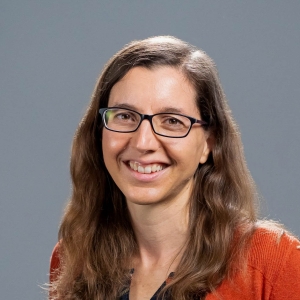Presented on February 12, 2025, by

Professor Tina Katopodes Chow
Civil and Environmental Engineering
UC Berkeley
ABSTRACT
This talk describes the challenges posed by taking mesoscale numerical models to finer
and finer resolutions, as is becoming increasingly common in atmospheric modeling over complex terrain. At the mesoscale, planetary boundary layer parameterizations are used to represent turbulence; at the microscale, large-eddy simulation (LES) closures are used. The “gray zone” is the range of grid resolutions in between classic mesoscale and classic LES resolutions where particular features are neither subgrid nor fully resolved but rather are partially resolved. The definition of the gray zone depends strongly on the feature being represented and its relationship to the model resolution. We will address challenges in the gray zone and describe best practices for choosing the turbulence closure model and setting up grid nesting, with multiple examples of simulations over complex terrain.
BIO
Tina’s research group aims to improve the numerical models used for weather prediction and air quality forecasts. She and her students have worked on predicting how wind turbines respond in turbulent flow, how wildfire smoke spreads, where pollution is distributed in an urban environment, and how winds are affected by complex mountainous terrain, among other applications. Tina received a B.S. in Engineering Sciences from Harvard University and M.S. and Ph.D. degrees in Civil and Environmental Engineering from Stanford University. She has been a professor in Civil and Environmental Engineering at the University of California, Berkeley, since 2005, where she teaches fluid mechanics, numerical modeling, and community-engaged design courses.

